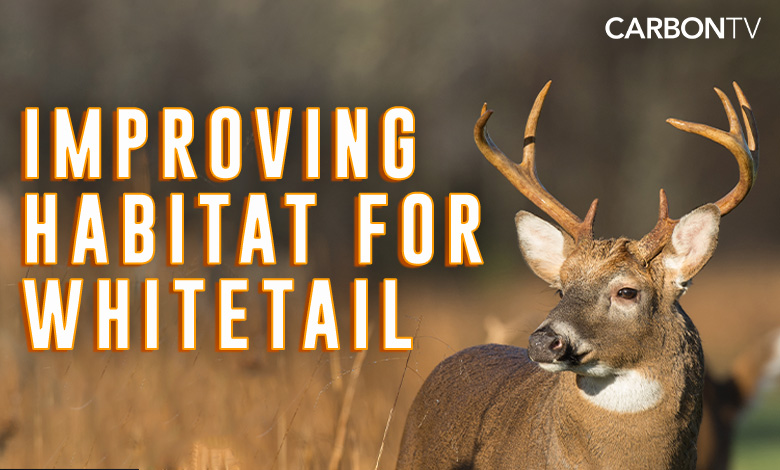
Improving the habitat for whitetail deer on your property involves creating a balanced and diverse environment that provides food, water, cover, and security. Here are some best practices to consider:
Land Management:
- Conduct a habitat assessment: Evaluate your property to identify existing vegetation, water sources, and potential areas for improvement.
- Create clearings and edge habitats: Whitetail deer prefer a mix of open areas and edge habitats, which provide both food and cover. Create small clearings and maintain a diverse range of vegetation along forest edges.
- Implement timber harvests: Timber harvests can promote new growth, increase browse availability, and create edge habitats. Consult a forestry professional for advice on sustainable timber management practices.
Native Vegetation:
- Plant native food plots: Establish food plots with a variety of native vegetation such as clover, soybeans, and alfalfa. These plots provide a reliable food source throughout the year.
- Encourage browse species: Promote the growth of preferred browse species like oaks, hickories, and native shrubs. These plants offer high-quality food for deer.
- Diversify vegetation: Plant a mix of early successional plants, warm-season grasses, and mast-producing trees to ensure a year-round food supply.
Water Sources:
- Provide water access: Ensure a year-round water source such as ponds, small lakes, or streams on your property. Alternatively, install water troughs or create water catchment areas for deer to drink from.
Cover and Shelter:
- Preserve or create bedding areas: Maintain or establish dense cover areas, such as thickets, shrubby areas, or native grasses, where deer can bed down and seek refuge from predators or inclement weather.
- Retain standing dead trees: Leave standing dead trees or snags, as they provide valuable cover and serve as rubbing posts for deer.
Predator Control:
- Manage predator populations: Implement predator control measures to help maintain a healthy deer population. Consult with local wildlife agencies or professionals to determine appropriate predator management strategies.
Minimize Disturbances:
- Limit human disturbances: Minimize human activity and disturbances, especially during critical times like breeding and fawning seasons. Reduce noise, avoid unnecessary presence, and be cautious while conducting property maintenance activities.
Supplemental Feeding:
- Supplemental feeding: If legal and permitted in your area, you may consider supplemental feeding during harsh winter conditions. Consult local wildlife agencies for guidance on best practices and appropriate feed types.
Remember, improving habitat for whitetail is an ongoing process, and it’s essential to adapt your practices to the specific needs of the local deer population and the characteristics of your property. Head to CarbonTV and check out Midwest Mindset as it follows Fall Obsession’s Michael Tepe and his whitetail management by means of habitat improvement and manipulation.
You may also be interested in CarbonTV’s article: 3 Trail Camera Tips Every Whitetail Hunter Needs to Know

